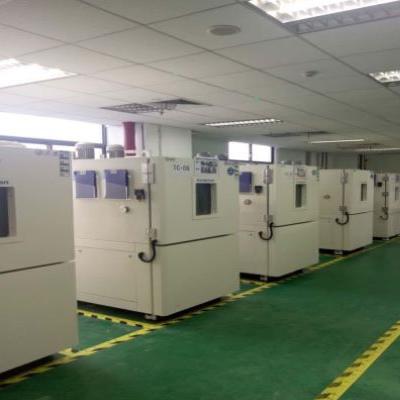Walk-in Temperature Test chambers Packaging and transportation Requirements
Oct 08, 2025
Before designing a packaging and transportation plan, it is necessary to first understand the characteristics of the equipment and the potential risks it faces: Firstly, the equipment is usually large in size (tens of cubic meters) and can weigh several tons. This determines that its transportation falls within the category of large item logistics. Meanwhile, the foam insulation layer of the box body is vulnerable to bumps and cuts, and the surface spraying is afraid of scratches and depressions. Refrigeration units such as compressors, evaporators and condensers are afraid of severe vibration and tilting. The electrical control system and sensors are afraid of shock, etc.
To address the above challenges, foam blocks, pearl cotton and other fillers must be used inside the equipment to fix the sample racks, air ducts and other movable parts to prevent them from shaking and colliding inside the box. The door must be locked from the inside with a special lock or strap to prevent it from opening and closing during transportation. Usually, cushioning materials are placed at the door gap to prevent the door from directly hitting the door frame. The main packaging is the most crucial part. It is recommended to adopt a multi-layer protective structure, such as moisture-proof and dust-proof, cushioning protection, as well as wooden box frame and external protection.
The transportation plan mainly includes
The first choice for domestic land transportation is flatbed trucks. It is convenient for top hoisting and side loading and unloading, and is suitable for extra-wide and extra-high goods. The second choice is a box van, which can offer better protection against rain and dust, but it is necessary to ensure that the internal dimensions and load-bearing capacity are sufficient. But the key lies in the fact that airbag vehicles or air-suspended vehicles must be used to maximize shock absorption.
2. Sea transportation is the most commonly used in international transportation. The equipment packaging must be able to withstand the jolts, humidity and salt spray environment inside the container. It is recommended to use a 40-foot super high cabinet. When necessary, place desiccants inside the container. Air freight is extremely costly and is only suitable for urgent or ultra-short lead time projects. There are strict restrictions on the weight and size of the packaging.
3. Loading and unloading must be carried out using cranes or forklifts. It is strictly prohibited to directly fork at the equipment body. The technical specifications of the equipment usually clearly specify the maximum tilt Angle (such as 15° or 30°). Strict compliance must be maintained during transportation and handling; otherwise, it may lead to compressor damage or refrigerant leakage. Finally, it is necessary to confirm the on-site passage dimensions, ground load-bearing capacity and elevator capacity with the customer in advance, and formulate a detailed positioning plan.
The packaging and transportation of walk-in temperature test chambers is essentially a professional task that treats industrial equipment as "precision goods". Any negligence in any link may lead to huge economic losses and project delays. Therefore, investing sufficient resources and efforts in the packaging and transportation plan is a key prerequisite for ensuring the safe arrival and smooth operation of the equipment.
Read More


